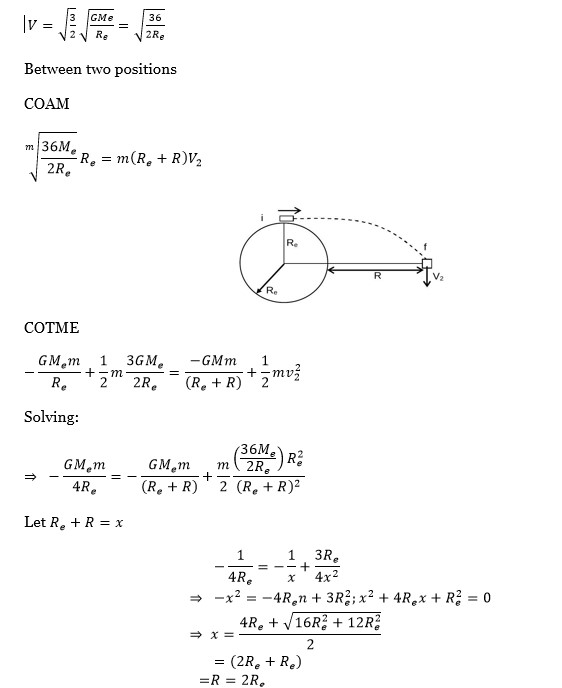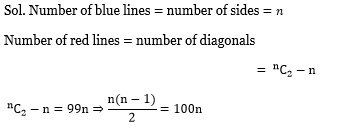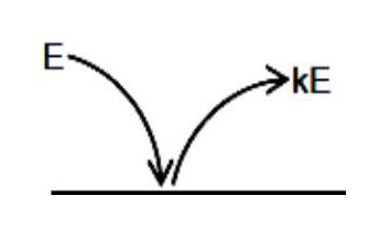Class 11th
Get insights from 8k questions on Class 11th, answered by students, alumni, and experts. You may also ask and answer any question you like about Class 11th
Follow Ask QuestionQuestions
Discussions
Active Users
Followers
New answer posted
2 months agoContributor-Level 10
On increasing the temperature, random velocity of molecules increases, therefore mean collision time between the molecules decreases. But the mean free path remains constant as it is product of velocity and time.? (b) and (c) are correct.
New answer posted
2 months agoContributor-Level 10
λ = h/p = h/mv
λp/λe = (m? v? )/ (m? v? ) ⇒ 1.878 * 10? = (9.1*10? ³¹)/ (m? * 5)
m? = 9.1*10? ³¹ / (5 * 1.878 * 10? ) = 0.97 * 10? ²? kg
New answer posted
2 months agoContributor-Level 10
The excess pressure inside a soap bubble is given by ΔP = 4T/R, where T is the surface tension and R is the radius.
The pressures are given as P? = 1.01 atm and P? = 1.02 atm. Let the atmospheric pressure be P? = 1 atm.
ΔP? = P? - P? = 1.01 - 1 = 0.01 atm = 4T/R?
ΔP? = P? - P? = 1.02 - 1 = 0.02 atm = 4T/R?
Dividing the two equations: (ΔP? /ΔP? ) = (R? /R? )
0.01 / 0.02 = R? /R? ⇒ R? /R? = 2
The ratio of their volumes is V? /V? = ( (4/3)πR? ³ ) / ( (4/3)πR? ³ ) = (R? /R? )³ = 2³ = 8.
The ratio is 8:1.
New answer posted
2 months agoContributor-Level 10
By Conservation of Angular Momentum (COAM) about O, just before and after the collision:
Initial angular momentum L? = mv?
Final angular momentum L? = Iω? = (I_rod + I_block)ω? = (M? ²/3 + m? ²)ω?
L? = L?
mv? = (M? ²/3 + m? ²)ω?
ω? = mv / (M? /3 + m? ) = (16) / (21/3 + 1*1) = 6 / (5/3) = 18/5 rad/s
By Conservation of Total Mechanical Energy (COTME) after collision until it comes to rest:
Initial Energy (at the lowest point) = Rotational K.E. = (1/2)Iω? ²
Final Energy (at the highest point) = Potential Energy = mgh_m + Mg h_M
mgh_m = mg (? -? cosθ)
Mg h_M = Mg (? /2 - (? /2)cosθ)
(1/2) * (M? ²/3 + m? ²) * ω? ² = (mg + Mg/2) *
New answer posted
2 months agoContributor-Level 9
3+2√-54=3+6√6i= (3+√6i)².
The difference is ± (3+√6i)? (3-√6i).
Possible values are 2√6i, -2√6i, 6, -6.
Imaginary part is ±2√6.
New answer posted
2 months agoContributor-Level 10
KE_max = hc/λ - φ = 6.63e-19 - 4.41e-19 = 2.22e-19 = 222e-21 J.
Taking an Exam? Selecting a College?
Get authentic answers from experts, students and alumni that you won't find anywhere else
Sign Up on ShikshaOn Shiksha, get access to
- 65k Colleges
- 1.2k Exams
- 679k Reviews
- 1800k Answers






